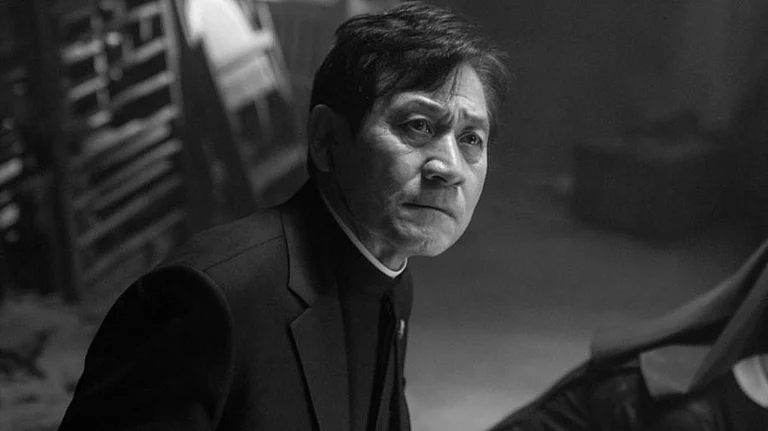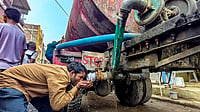Although the US would rather the world forgot, the Taliban were largely "created" by its funding. This economic support is central to Aslam’s story.
Out of the Soviet and American interventions in Afghanistan, Aslam has fashioned a disturbing parable, populated with characters who are often polar opposites yet, simultaneously, often good souls trying to understand why their lives have gone so terribly awry.
There is Lara, a Russian woman, searching for her brother, a soldier who disappeared during the Soviet intervention.
Then there’s Marcus, a much older Englishman, whose Afghan wife Qatrina "was put to death by the Taliban. A public spectacle after Friday prayers, the stoning of a 61-year-old adulteress. A rain of bricks and rocks, her punishment for living in sin, the 39-year marriage to Marcus void in the eyes of the Taliban because the ceremony had been conducted by a female." Both husband and wife were doctors, ministering to the destitute, but the Taliban felt threatened by their practice of modern medicine.
Finally, there is Casa, trained by the Taliban to murder women and children, and to impose the dictates of Sharia, even on the young women whom he is obsessed with. Not surprisingly, the sections of the novel where we are privy to Casa’s point of view are the most disturbing and fascinating—because of Aslam’s gifts of characterisation, plotting, and (above all) language.
Add to these three characters another half dozen: Americans (mostly cia operatives) who are fundamentalists in their own fashion, children, lovers, the hunter and the hunted. The implication is obvious: left alone, Afghanistan would have been an entirely different place. Even the permutation of a central image (a larger-than-life stone Buddha destroyed by fundamentalists on Marcus’s property) is little different from the Cold War games that similarly defaced the nation.
The narrative describes harrowing scenes of violence and despicable acts generated by all sides. And always beauty, as Aslam strips down life to its basic elements, whether that be in eloquent prose or surprising incidents. After Qatrina is killed, Marcus survives their plan to execute him next because, in their rage to destroy all things foreign, they shoot their guns at the stone Buddha. Aslam notes, "After the gun fired into the horizontal face it was noticed that a small point of light had materialised in each bullet hole, a softly hesitating sparkle. Over the next few instants, as more and more of the men took notice and stared uncomprehendingly, each of these spots grew in brilliance and acquired a liquid glint. Welling up in the stone wounds, the gold eventually poured out and began to slide down the features very slowly, striping the face, collecting in unevenly spaced pools on the floor."
There are other stunning images—an entire library of books nailed by Qatrina to the house’s ceiling after she goes mad, the faces of dying Americans in their "disbelief that this faraway and insignificant place has given rise to a people capable of affecting the destiny of someone from a nation as great as his", Marcus’s blood splattered on a wall that he confuses as an airborne "red butterfly".
Language, terror, and beauty are Aslam’s extraordinary gifts to the world. Amidst this tale of horror and dismemberment, the endless vigils of individuals and invaders, of empty political machinations, Aslam’s unforgettable novel is a brilliant story ripped from the pages of current events. Few contemporary writers have mixed such horror and humanity in so powerful a narrative. If only we could convince some of our world leaders to read The Wasted Vigil.
(Charles R. Larson is Professor of Literature at American University in Washington, DC.)


























